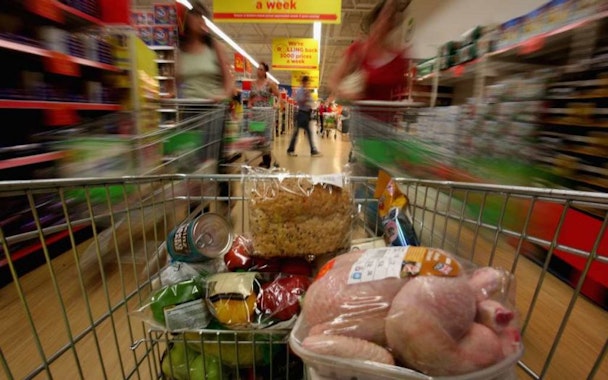Sainsbury’s leading grocery market revival but “promiscuous” shoppers continue to prove challenging
The grocery market is growing (albeit slowly) after a disappointing Christmas period, delivering a sales increase of 0.2 per cent amid ongoing challenges to retain customers' loyalty.

The latest grocery share figures from Kantar Worldpanel, published today (9 February) for the 12 weeks ending 31 January 2016, pointed to Sainsbury’s as the front runner once again, growing by 0.6 per cent with a resulting market share increase of 0.1 percentage points to 16.8 per cent. It is the retailer's sixth consecutive period of growth and builds on the market share it gained toward the end of 2015
Compare this to Big Four rival Morrisons which, coupled with a falling market share, noted a sales decline of 2.2 per cent (admittedly less than previous quarters). The supermarket's revenues will continue to reflect its disposal of 140 M Local stores and the closure of some larger outlets through the rest of 2016, predicted the report.
Elsewhere, Asda’s recent announcement of renewed cuts, and the injection of a new marketing boss, has not yet had time to materially affect its latest figures as sales dropped by 3.8 per cent. Tesco showed marginal signs of improvement on the back of its renewed focus on the consumer; despite revenues falling by 1.6 per cent, the numbers are the most positive posted by the retailer since September of last year.
Morrisons loss of convenience stores was the Co-op’s gain as it became the fastest growing non-discounter thanks to increasing sales by 1.4 per cent. The retailer, for the first time since 2011, was the fastest growing non-discounter.
Waitrose’s market share remained static at 5.2 per cent, sales increased by 0.1 per cent. This makes it the 91st consecutive period of growth for the retailer – the longest current run of success for any supermarket.
Despite the positive results, Nielsen’s consumer spending report – also published today (9 February) – said the volume of items purchased from the UK’s leading supermarkets decreased year-on-year for the fifth consecutive month. This highlights the continuing promiscuity of shoppers and is proving the main challenge for the likes of Asda.
Mike Watkins, Nielsen’s UK head of retailer and business insight said: “This promiscuity is characterised by consumers shopping more often at more places while buying less, and that’s hurting supermarket performance. Asda, in particular, is being impacted by this disloyalty as low prices are no longer a clear differentiator when so many supermarkets price match.”
The strong performance of Sainsbury' can be attributed to it attracting new shoppers without being as reliant on promotions compared to other retailers.
Although most grocery retailers attracted new shoppers in January, Watkins noted: “In reality these will be less valuable shoppers, spending less per visit than regular, loyal, shoppers. The challenge is how individual retailers can differentiate themselves to get people to return again in February and spend more. The supermarkets need to up their game in this regard, as Aldi and Lidl have certainly been the most effective at doing this over the last two years.”
Indeed, recent trends at Aldi and Lidl continued, with both retailers seeing their growth accelerate – Lidl to 18.7 per cent and Aldi to 13.7 per cent – and their share of the market increase by 0.7 percentage points, according to Kantar.

